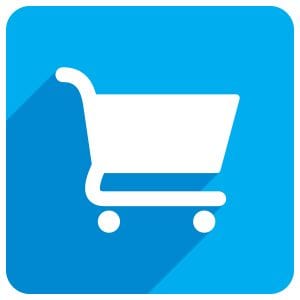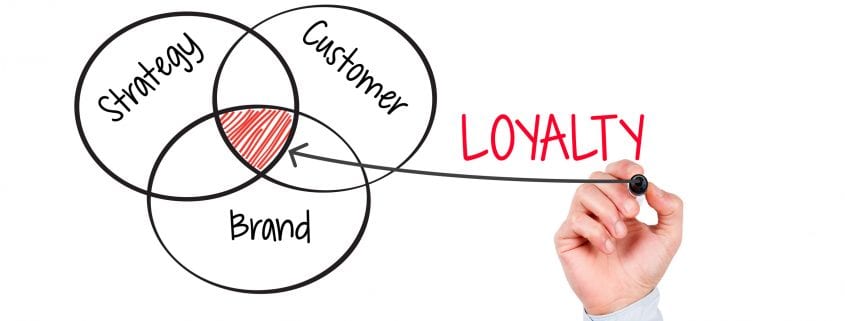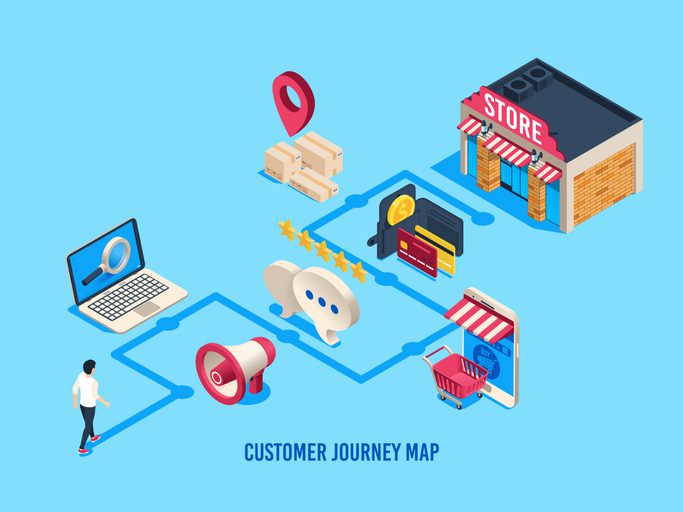
How Behavioral Marketing Can Increase Sales
Behavioral marketing is a form of marketing that’s based on how a lead or customer behaves. You can find out how a person behaves through the use of website analytics, search history, browsing history, social media interaction (such as the type of content they engage with or post), web cookies, and more. This type of information can give you much more insight into a lead or customer, which, in turn, gives you the opportunity to target your marketing efforts more effectively. In fact, if you leverage your behavioral data successfully, it can even help you increase your sales. The following are four examples of how behavioral marketing can increase sales:
1. Suggesting Products Based On Purchase History
Looking at what customers purchase can give you an idea of what their needs are and how you can position yourself to meet those needs in the future. For example, if they’ve purchased a certain product on more than one occasion, then you can inform them about any promotions for that product if you have them with a good chance that they will jump on the opportunity. If you release an upgrade or updated version of a product that a customer has purchased in the past, you can inform them about it. You can also use their purchase history to identify ways that you can upsell and cross-sell other items. Many businesses will use ads or send emails recommending products directly after a sale in an attempt to cross-sell.
2. Targeting Leads Based On Product Views
You may notice a lead looking at certain products or services on your site but never going through with the purchase. The fact that they are looking at these products means that they are looking for something specific. If they’ve looked at a product multiple times, then it means they’re likely interested in your specific offering as well. You can encourage them to make the purchase by sending them content that highlights the benefits of the product they were looking at or by sending them a special discount code for that specific product to help give them a push towards making a buying decision.
Read More Related Articles – 5 Storytelling Techniques You Should Use For Your Marketing Efforts
3. Targeting Customers Based On Purchase Times
Data that identifies when someone purchases a product can be just as valuable as knowing what the product was that they purchased. For example, if they tend to make their purchases on the weekend, then you’ll have a better chance at reaching them with promotional offers that can spur action on the weekend than during the week. If they only make purchases at the beginning of the month, then you know that this is the best time to engage as well. The same goes for the times at which they make their purchases.
4. Following Up On Abandoned Shopping Carts
There’s nothing worse than an abandoned shopping cart. It means you fell short right before the finish line. The customer may have forgotten to check out (which can happen if they were distracted) or may have had second thoughts. You can use this information to follow up by sending out a reminder that they have something in their shopping cart or by sending an offer to help sweeten the deal (such as a special deal on shipping or a free trial) that can help give them a gentle push them over that finish line.
Behavioral marketing is effective because you’re relying on information you’ve gathered about how your leads and customers are interacting and engaging with your brand. This kind of information makes it easier to act in an effective way. These are just four examples of how the use of behavioral marketing can help to increase sales.





















 At this stage, the consumer is close to buying your product. You’ll want to make it as easy for them as possible to make a
At this stage, the consumer is close to buying your product. You’ll want to make it as easy for them as possible to make a 
